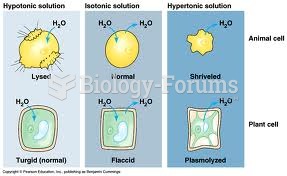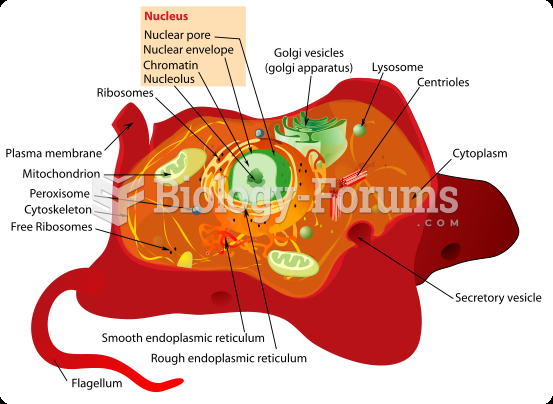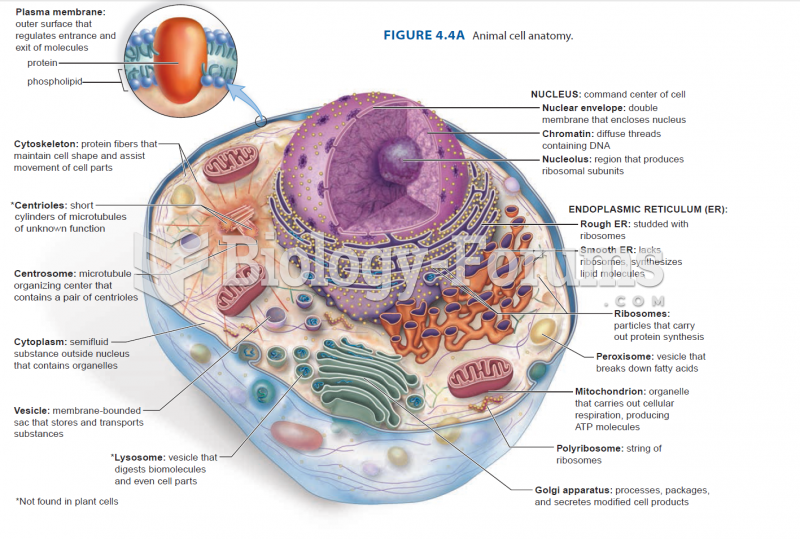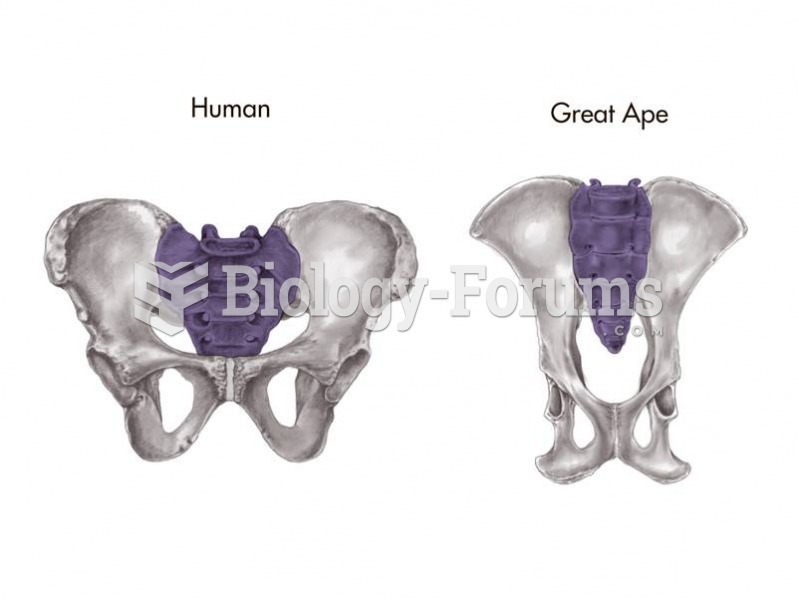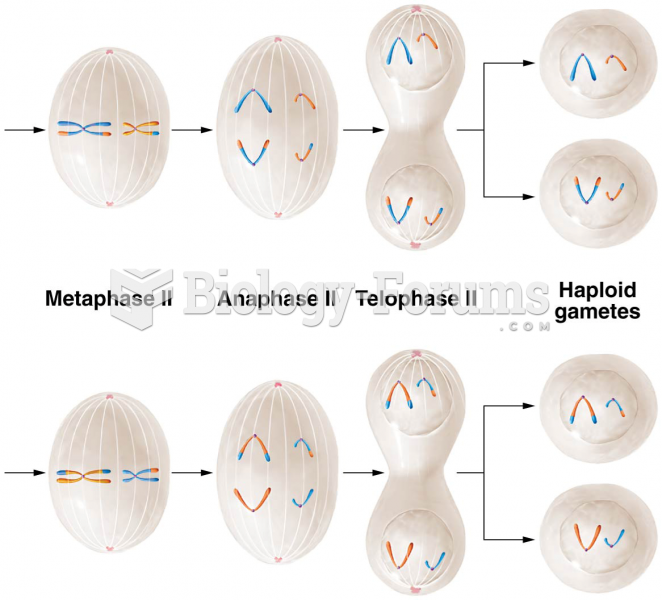Answer to Question 1ANS:Answer
should include:
Coral animals are responsible for the building of reefs. Corals are the polyp varieties of
the phylum cnidaria. They are radial symmetric and have stinging cells called
cnidoblasts on their tentacles.
These corals are said to be Hermatypic, meaning mound building. They build up the
reefs with their aragonite bodies which are enhanced with calcium carbonate.
Hermatypic corals occur in warm tropical waters with normal or slightly high salinity.
Hermatypic corals are also very dependent on light availability due to the symbiotic
relationship with a dinoflagellate. These dinoflagellates are called zooxanthellae. They
photosynthesize and absorb wastes while in their coral host. The coral provides a stable
environment and the carbon dioxide and nutrients needed by the zooxanthellae. The
zooxanthellae are able to share oxygen and carbohydrates with the coral.
Answer to Question 2ANS:Answer
should include:
Platyhelminthes are the flatworms. They are the simplest kind of worm. Some are
parasitic, but most are free-living predators and scavengers. Flatworms are the first
organism to have a primitive central nervous system. They also have small eyespots
instead of a complex eye. Flatworms exchange gases through its skin because it lacks a
true respiratory or excretory system.
Nematodes are roundworms. They are the first worm to develop a digestive system.
These worms are considered the most successful due to their representation in a variety
of environments. They are especially successful in sediments. Most of these worms are
free-living and microscopic.
Annelids are segmented worms with a number of divisions. It allows for growth in the
worm to occur in evenly spaced segments. Each segment contains its own circulatory,
excretory, nervous, muscular, and reproductive system.
Annelids are considered to be the most evolutionarily advanced worm.


